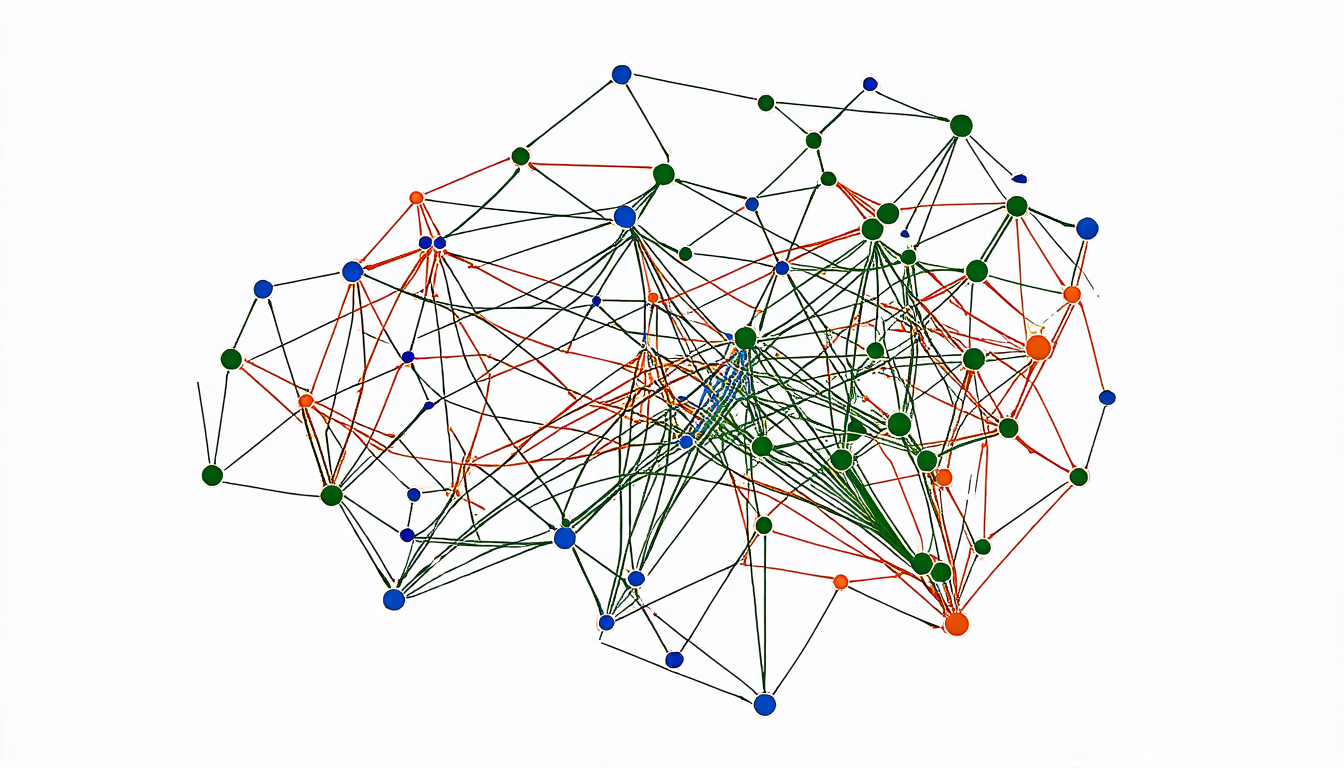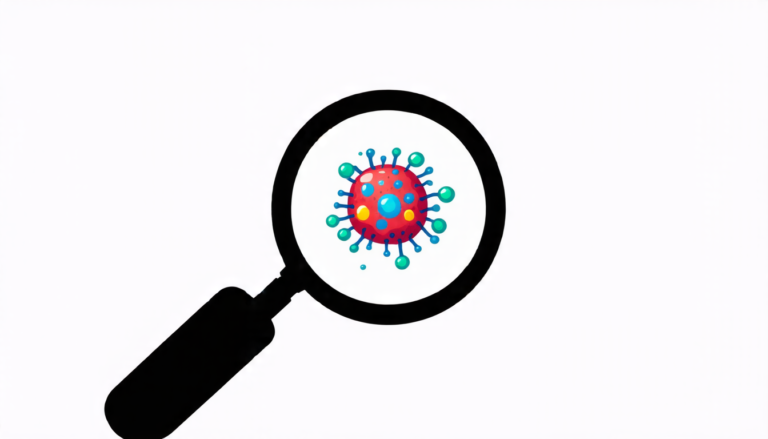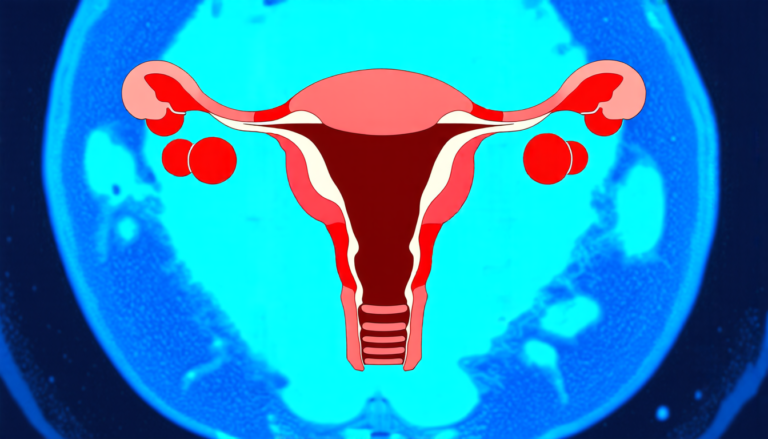Sunday 27 July 2025
A new approach to aligning complex networks has been developed by a team of researchers, which could have significant implications for fields such as biology, social network analysis and computer science.
The problem of aligning networks is a challenging one. Networks are made up of nodes, or points of connection, that are linked together in complex ways. Aligning these networks means finding the best way to match up corresponding nodes across different networks, even if they have different structures or properties.
In recent years, researchers have developed various methods for aligning networks, but many of these approaches rely on prior knowledge or assumptions about the structure of the networks being compared. This can limit their effectiveness and make them less applicable in real-world scenarios.
The new approach, called IterAlign, takes a different tack. Rather than relying on preconceptions about the network structures, IterAlign uses a combination of heat diffusion and iterative alignment strategies to identify corresponding nodes across different networks.
Heat diffusion is a process that simulates how heat moves through a material. In this context, it’s used to generate node representations that capture multi-level structural characteristics of the network. This means that IterAlign can identify patterns and relationships in the data that might not be immediately apparent.
The iterative alignment strategy then uses these node representations to refine the matching process. By repeatedly updating the node representations and re-aligning the networks, IterAlign is able to identify corresponding nodes with high accuracy.
One of the key advantages of IterAlign is its ability to handle complex networks with varying structures and properties. This makes it a powerful tool for fields such as biology, where networks can be used to model protein-protein interactions or gene regulation pathways.
In addition, IterAlign has been shown to outperform existing methods in terms of accuracy and computational efficiency. This means that it could be used to align large-scale networks quickly and effectively, which is essential for many real-world applications.
The researchers behind IterAlign have tested their approach on a range of datasets, including social networks and biological networks. Their results show that IterAlign is able to accurately identify corresponding nodes across different networks, even when the networks have complex structures or varying properties.
Overall, IterAlign represents an important advance in the field of network alignment. Its ability to handle complex networks and its high accuracy make it a powerful tool for researchers working in fields such as biology, social network analysis and computer science.
Cite this article: “Advanced Network Alignment Methodology: IterAlign”, The Science Archive, 2025.
Network Alignment, Complex Networks, Node Matching, Heat Diffusion, Iterative Alignment, Protein-Protein Interactions, Gene Regulation Pathways, Social Network Analysis, Computer Science, Biology







